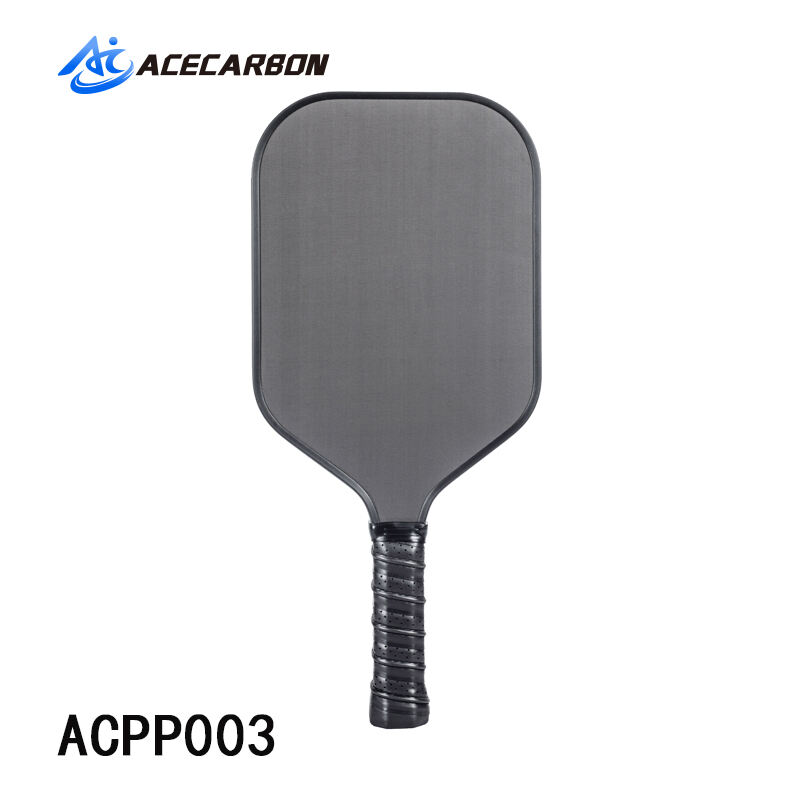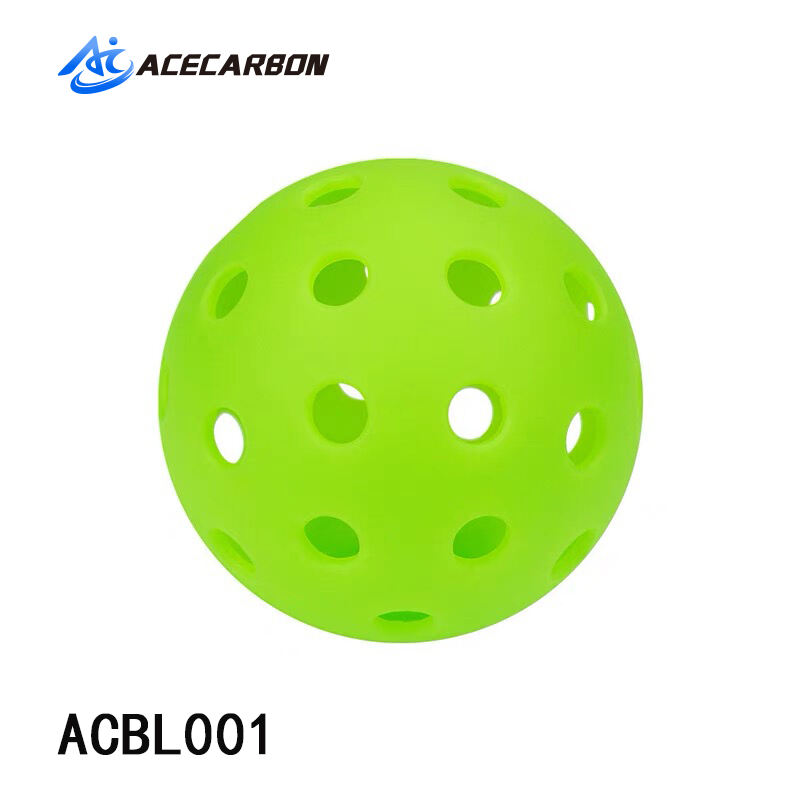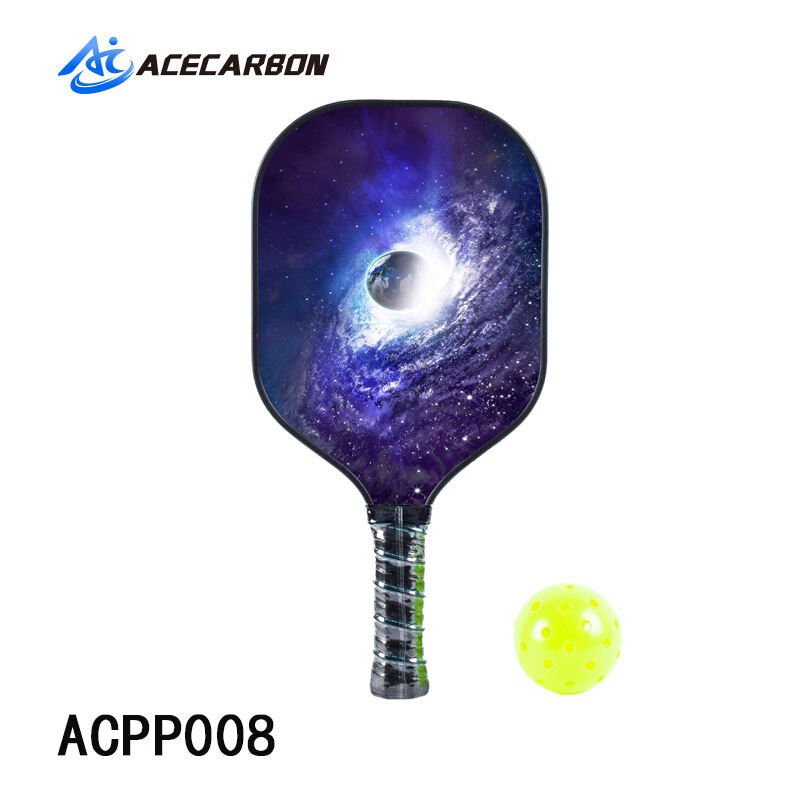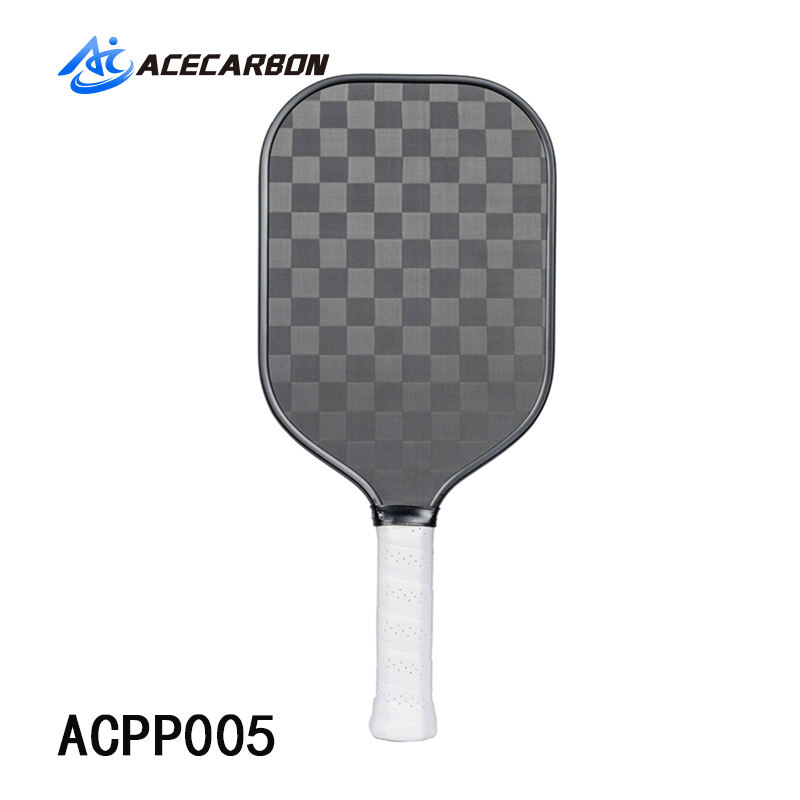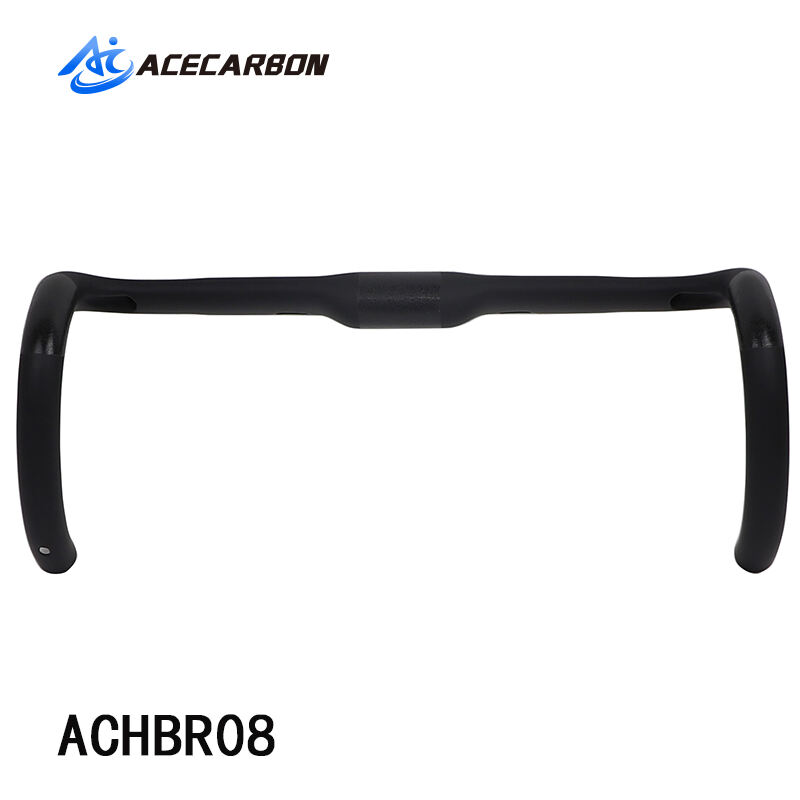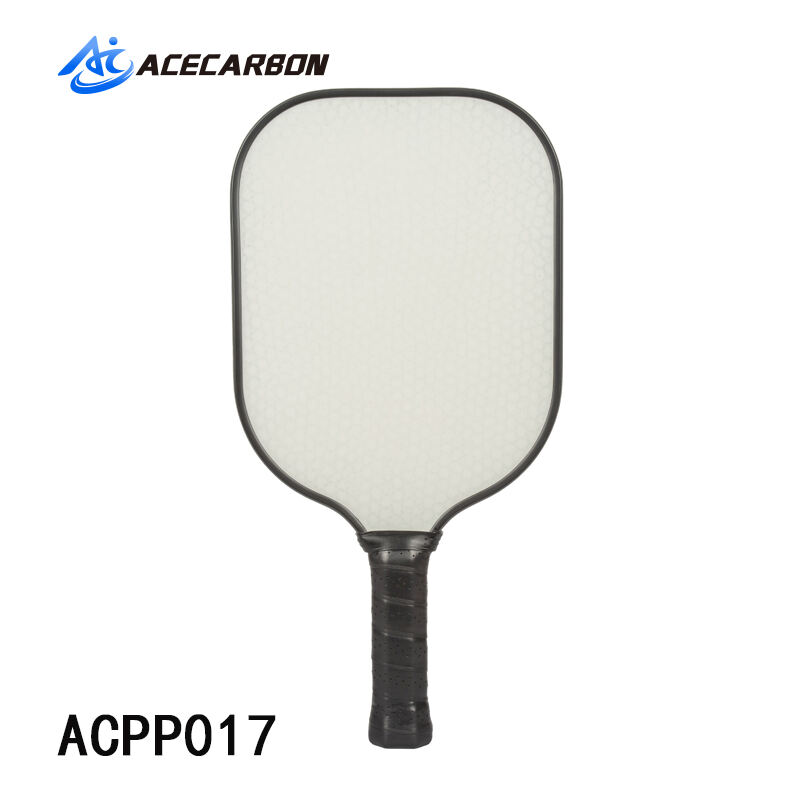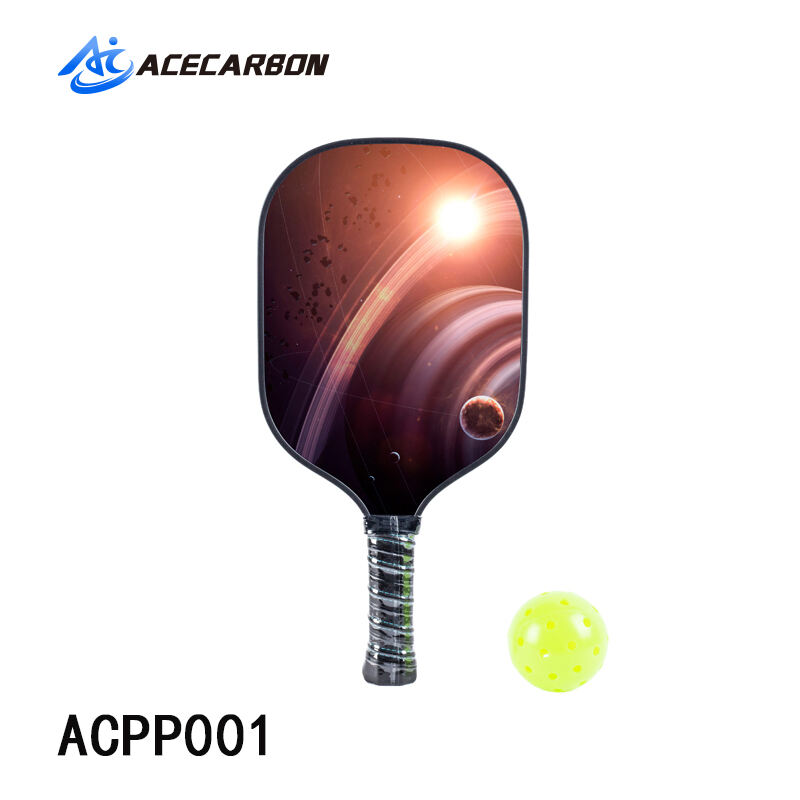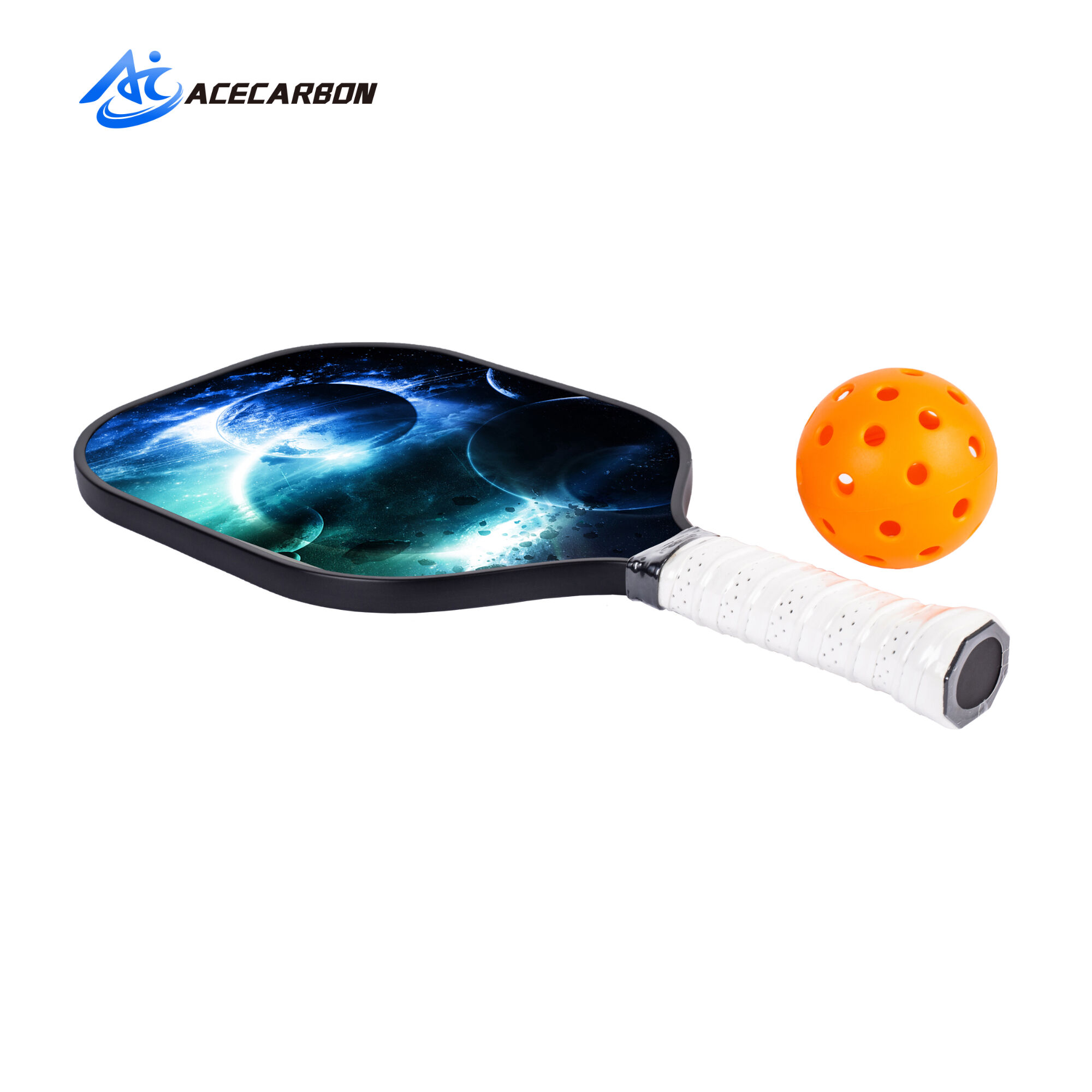Leading Tennis Ball Supplier for Bulk Orders
Key Qualities of a Leading Tennis Ball Supplier for Bulk Orders
Consistent Quality Across High-Volume Production
For any company supplying tennis balls at scale, maintaining consistent quality is absolutely essential, especially when producing large quantities regularly. Quality control isn't just something they talk about it happens daily through actual tests checking how long balls last and whether they bounce consistently from one batch to another. Good suppliers know their stuff because they invest in better materials too rubber compounds that perform reliably even after thousands of balls roll off the production line. And let's not forget about manufacturer partnerships these relationships matter a lot. When a supplier works closely with trusted factories over time, it creates stability in the supply chain. That means fewer surprises when shipping containers arrive and players can count on getting balls that actually work well during matches instead of bouncing all over the place.
Customization Options for Sports Facilities & Academies
When it comes to top tennis ball suppliers, customization has become really important, especially for places like sports facilities and training academies. Facilities want different color options or maybe their own logo printed on the balls so they match their branding or stand out during matches. Sports academies often need special training balls too - some might require softer materials for beginners while others need extra durability for intense drills. Working together with academy staff helps suppliers create products that actually work for real world conditions. Creating exclusive designs through partnerships isn't just about looking good either. These custom touches help academies build stronger brand recognition, which makes all the difference when attracting new clients or impressing visiting coaches who compare different facilities.
Global Logistics Capabilities for Large Shipments
For companies dealing with bulk shipments of tennis balls around the world, having solid logistics operations makes all the difference. When picking logistics partners, suppliers should look at who can actually cut costs while still getting products where they need to go across different parts of the globe. Tracking packages in real time plus knowing when deliveries will arrive helps keep stock levels balanced and stops those frustrating situations where there's nothing left on the shelf. Sports equipment moves under various rules from country to country, so flexibility becomes essential for anyone running international supply chains. Being able to adjust quickly means customers get what they ordered on time without headaches, which builds lasting relationships based on dependable service rather than empty promises.
Bulk Order Advantages in Sports Equipment Procurement
Cost-Efficiency for Clubs/Tournaments vs Single-Unit Purchases
Getting sports gear in large quantities saves money for clubs and event organizers when compared to buying each item separately. Mainly because the price per piece drops when ordering lots at once. Most suppliers give discounts on big orders which adds up to real cash savings over time. Plus there's the shipping angle too. Instead of paying for multiple small deliveries, clubs can get everything in one go, cutting down on those extra fees. This makes budgeting easier since they know exactly what the costs will be upfront. Clubs can then plan ahead for tournaments and regular season needs without constantly worrying about unexpected expenses popping up later.
Streamlined Inventory Management for Multi-Sport Venues
Bulk buying really helps streamline how venues manage their inventory when they host all sorts of sports events throughout the year. When facilities bring everything under one ordering system, it becomes much easier to keep track of what's coming in and going out. Most places find that having someone check stock levels every week or so prevents those embarrassing situations where there's no water bottles left for thirsty spectators during halftime at soccer matches. Many sports centers now invest in simple inventory software that automatically flags when items need restocking. Some even set up alerts on their phones so staff gets notified right away if something runs low. Taking this kind of hands-on approach means fewer interruptions during games and better use of money spent on supplies.
Cross-Sport Compatibility (Tennis Paddles/Badminton Integration)
The sports gear market is starting to see some interesting moves toward cross sport compatibility. Many suppliers are now packaging items together for different games like tennis rackets alongside badminton sticks. This approach helps people get more bang for their buck while playing multiple sports, something that fits right into today's trend where folks want to try several activities instead of sticking to just one. Gyms and community centers benefit too when they stock these flexible equipment options. They tend to draw in more visitors who might otherwise never set foot there, which keeps things lively and engaging. Facilities that go all in on this multi-use concept often find themselves at the center of local sports action, attracting families and individuals looking for varied ways to stay active without breaking the bank on specialized gear for each sport.
Innovations Shaping Modern Tennis Ball Manufacturing
Advanced Pressurization Techniques for Longevity
The way we make tennis balls today has changed quite a bit thanks to better ways of putting air inside them, which means they last longer and actually play better too. Companies now have special tricks up their sleeve to keep the right amount of pressure inside those fuzzy spheres for much longer time frames. This makes sure the ball bounces consistently throughout a match, whether it's just a weekend game at the local court or a big tournament showdown. Some tests show these improvements do more than just make balls last longer they really boost how well they perform overall. Take the latest tech developments for example manufacturers are creating balls that hold onto their pressure way better than before, so pros don't need to swap out balls as often during intense matches. Behind all this is some pretty cool stuff happening in labs where scientists are playing around with new kinds of plastics and coatings that allow for these kinds of improvements without sacrificing durability.
Eco-Friendly Material Blends (Carbon Fiber Alternatives)
Environmental worries keep getting louder, so many tennis ball makers are now experimenting with greener materials instead of their usual stuff. They're trying out things like special rubber that can be recycled and plant-based plastics to cut down on how bad their products hurt the environment. There's definitely more interest in green sports gear these days, which means suppliers better start catching up if they want to stay relevant. Some studies show that switching to these new materials actually makes a real difference in reducing harm to nature, which explains why we're seeing more tennis balls made with less damaging ingredients. Going green isn't just good for Mother Earth either it makes sense for businesses too, especially since governments around the world are starting to push harder for cleaner manufacturing across all kinds of sporting goods.
Smart Packaging Solutions for Bulk Preservation
Smart packaging innovations make all the difference when it comes to keeping tennis balls in good shape while they travel, particularly important for those big shipments. Vacuum sealing is one technique manufacturers use to keep air pressure inside the balls intact so they don't lose bounce during long hauls across country or overseas. The best part? These packages often come with eco-friendly materials that can actually be recycled after use. Looking at what's happening in the industry right now, more companies are jumping on board with tech solutions that track everything from temperature changes to shock impacts throughout shipping journeys. This kind of smart packaging does double duty really well it helps protect the planet while making sure those massive orders arrive exactly as expected, cutting down on wasted products and saving money for everyone involved in the process.
Sustainability in Large-Scale Tennis Ball Supply Chains
In recent years, the push towards sustainability has become more pronounced across various industries, including sports. This is particularly evident in large-scale tennis ball supply chains, where innovative approaches are being implemented to minimize environmental impact and promote sustainable practices.
Recycling Programs for Used Competition Balls
Many sports equipment manufacturers have started developing ways to recycle old tennis balls that get used in professional matches. These efforts really matter because they cut down on what ends up in landfills and help make sporting activities greener overall. The companies usually team up with groups focused on green initiatives in sports to build out recycling systems across different regions. Some brands work directly with environmental nonprofits to find new homes for those worn-out balls. They turn them into things like safe surfaces for playgrounds or even material for building insulation. We're talking about millions of tennis balls thrown away each year according to recent data. That's a huge number and shows there's still plenty of room for improvement when it comes to reducing our impact on the planet through better recycling practices.
Energy-Efficient Production Methods
Manufacturers of tennis balls are increasingly turning to energy-saving techniques across their production lines. Some factories have already started incorporating solar panels into their operations while others are streamlining their manufacturing processes to cut down on waste heat. The push for greener methods isn't just about going eco-friendly though. Many companies find themselves walking a tightrope between meeting strict environmental regulations set by governing bodies and keeping production costs under control. When businesses switch to renewable energy options like wind or solar power, they see real benefits beyond just reducing their carbon emissions. For instance, one major manufacturer reported cutting electricity bills by nearly 30% after installing rooftop solar arrays at several facilities. These practical advantages help explain why sustainable manufacturing is gaining traction even in industries that traditionally focused more on performance than sustainability.
Waste Reduction Strategies in Bulk Packaging
The issue of packaging waste has become pretty big in the tennis world lately, so lots of suppliers are working hard to cut down on all that extra stuff. Many companies have started going for simpler packaging designs that still keep products safe but don't generate unnecessary garbage. A key move many businesses are making involves switching to biodegradable or recyclable materials for their boxes and wrapping. These alternatives work just fine for protecting gear while being better for the planet. Looking at actual results, there's been a noticeable drop in how much packaging ends up in landfills since these changes began happening across the industry. When manufacturers streamline their packaging methods and commit to greener practices, they help advance larger environmental efforts without compromising the quality or protection of what gets shipped out to customers.

 EN
EN
 AR
AR
 BG
BG
 HR
HR
 CS
CS
 DA
DA
 NL
NL
 FI
FI
 FR
FR
 DE
DE
 EL
EL
 HI
HI
 IT
IT
 JA
JA
 KO
KO
 NO
NO
 PL
PL
 PT
PT
 RU
RU
 ES
ES
 SV
SV
 TL
TL
 ID
ID
 SR
SR
 SK
SK
 SL
SL
 UK
UK
 VI
VI
 HU
HU
 TH
TH
 TR
TR
 FA
FA
 MS
MS
 IS
IS
 AZ
AZ
 BN
BN
 LO
LO
 MI
MI
 MY
MY
 SM
SM

